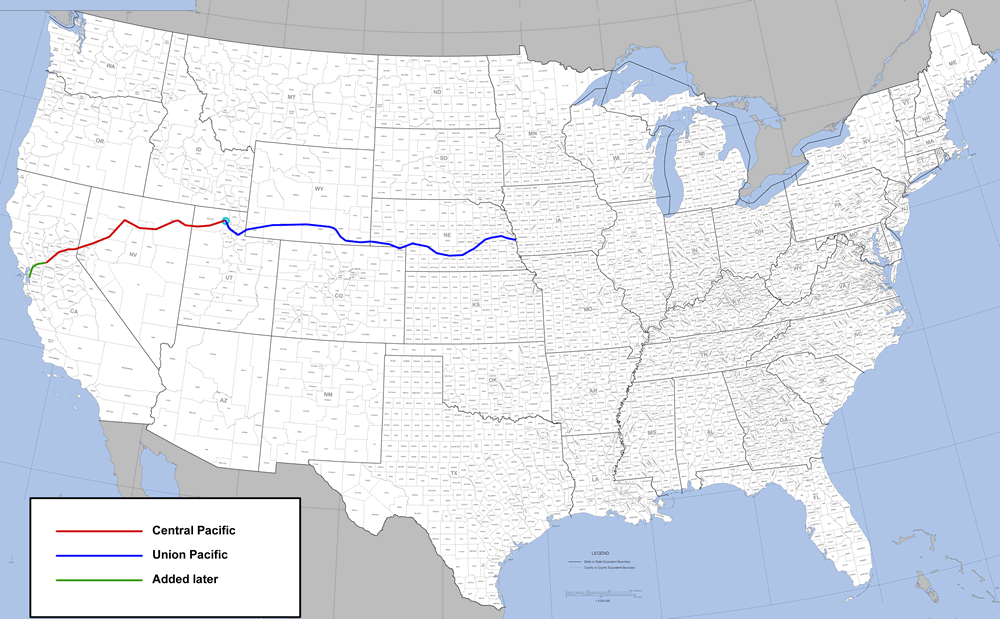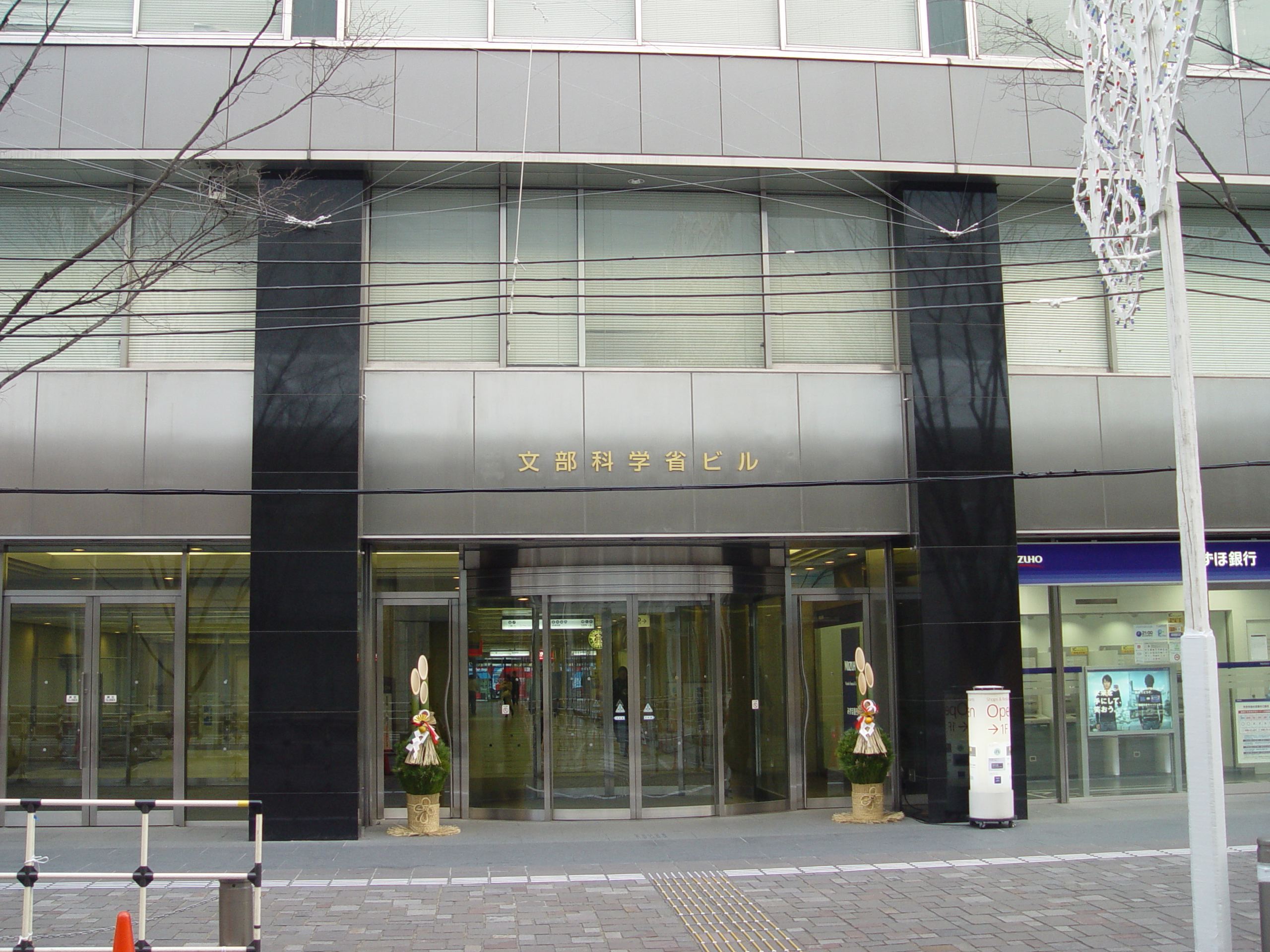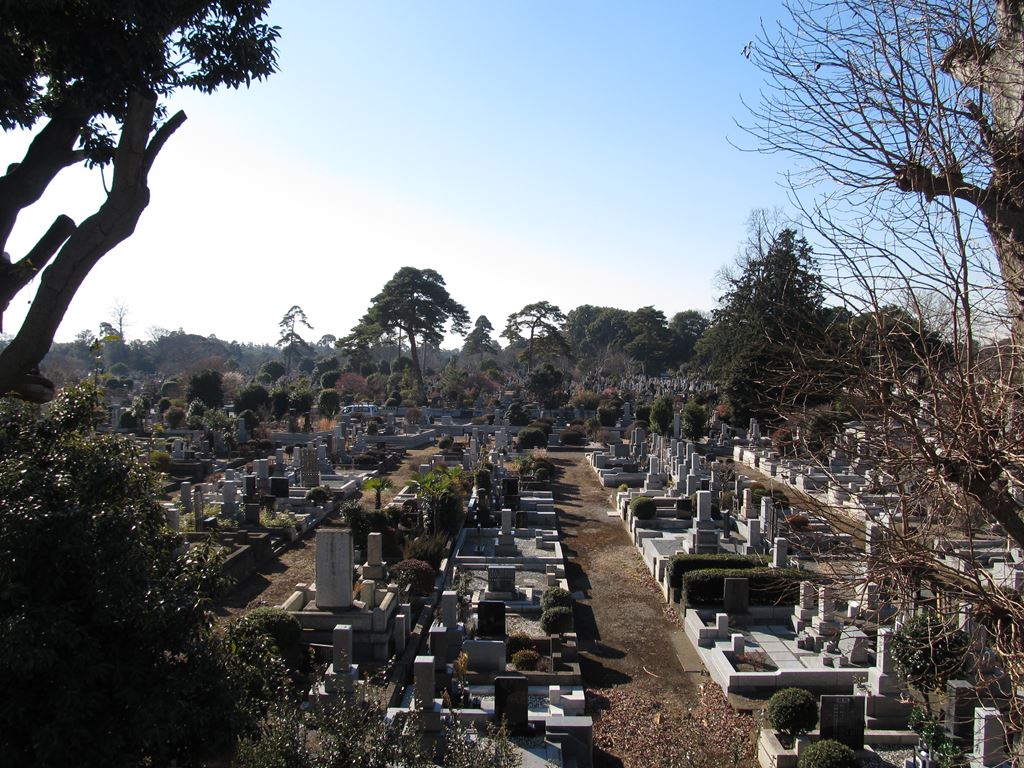|
Mitsukuri Genpo
270px, Former Genpo Mitsukuri House in Tsuyama was a samurai, medical doctor, ''rangaku'' scholar, author and translator working for Tsuyama Domain during late Edo Period Japan. His given name was Teiichi. Biography Mitsukuri Genpo was born in what is now the Nishishinmachi neighborhood of the city of Tsuyama, Okayama. He was the third child of the clan doctor to Tsuyama Domain, Mitsukuri Sadayoshi; however, his father died when Genpo was age 4, and his elder brother died when Genpo was age 12, making him heir to the family estate. After studying Confucianism and astronomy at the han school, he was sent to Kyoto for three years of medical studies in 1816. In 1819, after his return to Tsuyama, he opened a clinic and married the following year. He was granted a stipend of 50 ''koku'' by Tsuyama Domain and a staff of ten assistants. In 1823, he was ordered to accompany the ''daimyo'' Matsudaira Naritaka to Edo. He then studied western medicine in Edo under Udagawa Genshin (1769–1 ... [...More Info...] [...Related Items...] OR: [Wikipedia] [Google] [Baidu] |
Tsuyama, Okayama
is a city in Okayama Prefecture, Japan. In February 2023, the city had an estimated population of 97,507 in 45,653 households and a population density of 190 persons per km2. The total area of the city is . Geography Tsuyama is located in north-central Okayama Prefecture, with the Chugoku Mountains separating it from Tottori Prefecture to the north. It is the largest city in the northern part of the prefecture in terms of population and economy. Adjoining municipalities Okayama Prefecture * Kagamino * Maniwa * Misaki * Nagi * Shōō Tottori Prefecture * Chizu * Tottori Climate Tsuyama has a humid subtropical climate (Köppen climate classification ''Cfa'') with very warm summers and cold winters. The average annual temperature in Tsuyama is 13.6 °C. The average annual rainfall is 1,501 mm. September is the wettest month. The temperatures are highest on average in August, at around 25.6 °C, and lowest in January, at around 1.9 °C. Demographics In 2 ... [...More Info...] [...Related Items...] OR: [Wikipedia] [Google] [Baidu] |
Millard Fillmore
Millard Fillmore (January 7, 1800 – March 8, 1874) was the 13th president of the United States, serving from 1850 to 1853. He was the last president to be a member of the Whig Party while in the White House, and the last to be neither a Democrat nor a Republican. A former member of the U.S. House of Representatives, Fillmore was elected vice president in 1848, and succeeded to the presidency when Zachary Taylor died in 1850. Fillmore was instrumental in passing the Compromise of 1850, which led to a brief truce in the battle over the expansion of slavery. Fillmore was born into poverty in the Finger Lakes area of upstate New York. Though he had little formal schooling, he studied to become a lawyer. He became prominent in the Buffalo area as an attorney and politician, and was elected to the New York Assembly in 1828 and the House of Representatives in 1832. Fillmore initially belonged to the Anti-Masonic Party, but became a member of the Whig Party as it formed in t ... [...More Info...] [...Related Items...] OR: [Wikipedia] [Google] [Baidu] |
People Of The Edo Period
The term "the people" refers to the public or common mass of people of a polity. As such it is a concept of human rights law, international law as well as constitutional law, particularly used for claims of popular sovereignty. In contrast, a people is any plurality of persons considered as a whole. Used in politics and law, the term "a people" refers to the collective or community of an ethnic group or nation. Concepts Legal Chapter One, Article One of the Charter of the United Nations states that "peoples" have the right to self-determination. Though the mere status as peoples and the right to self-determination, as for example in the case of Indigenous peoples (''peoples'', as in all groups of indigenous people, not merely all indigenous persons as in ''indigenous people''), does not automatically provide for independent sovereignty and therefore secession. Indeed, judge Ivor Jennings identified the inherent problems in the right of "peoples" to self-determination, as i ... [...More Info...] [...Related Items...] OR: [Wikipedia] [Google] [Baidu] |
1863 Deaths
Events January * January 1 – Abraham Lincoln signs the Emancipation Proclamation during the third year of the American Civil War, making the abolition of slavery in the Confederate States of America an official war goal. The signing proclaimed the freedom of 3.1 million of the nation's four million slaves and immediately frees 50,000 of them, with the rest freed as the Union Army advances. This event marks the start of America's Reconstruction Era. * January 2 – Master Lucius Tar Paint Company (''Teerfarbenfabrik Meister Lucius''), predecessor of Hoechst, as a worldwide chemical manufacturing brand, founded in a suburb of Frankfurt am Main, Germany. * January 4 – Founding date of the New Apostolic Church, a Christian and chiliastic church, in a schism with the Catholic Apostolic Church in Hamburg, Germany. * January 7 – In the Swiss canton of Ticino, the village of Bedretto is partly destroyed and 29 killed by an avalanche. * January 8 ** ... [...More Info...] [...Related Items...] OR: [Wikipedia] [Google] [Baidu] |
1799 Births
Events January–March * January 9 – British Prime Minister William Pitt the Younger introduces an income tax of two shillings to the pound, to raise funds for Great Britain's war effort in the French Revolutionary Wars. * January 17 – Maltese patriot Dun Mikiel Xerri, along with a number of other patriots, is executed. * January 21 – The Parthenopean Republic is established in Naples by French General Jean Étienne Championnet; King Ferdinand I of the Two Sicilies flees. * January 27 – French Revolutionary Wars: Macau Incident – French and Spanish warships encounter a British Royal Navy escort squadron in the Wanshan Archipelago of China inconclusively. * February 9 – Quasi-War: In the single-ship action of USS ''Constellation'' vs ''L'Insurgente'' in the Caribbean, the American ship is the victor. * February 28 – French Revolutionary Wars: Action of 28 February 1799 – British Royal Navy frigate HMS ''Sybille'' defeats the French frigate '' ... [...More Info...] [...Related Items...] OR: [Wikipedia] [Google] [Baidu] |
List Of Historic Sites Of Japan (Okayama)
This list is of the Monuments of Japan, Historic Sites of Japan located within the Prefectures of Japan, Prefecture of Okayama Prefecture, Okayama. National Historic Sites As of 6 August 2019, forty-seven Sites have been Cultural Properties of Japan, designated as being of national Values (heritage), significance (including one *List of Special Places of Scenic Beauty, Special Historic Sites and Special Natural Monuments, Special Historic Site); the Joseon Tongsinsa, Joseon Mission Sites includes sites in Hiroshima Prefecture, Hiroshima and Shizuoka Prefecture, Shizuoka Prefectures. Prefectural Historic Sites As of 6 August 2019, sixty Sites have been designated as being of prefectural importance. Municipal Historic Sites As of 1 May 2018, a further four hundred and sixty-two Sites have been designated as being of municipal importance. See also * Cultural Properties of Japan * Bitchū Province, Bitchū, Bizen Province, B ... [...More Info...] [...Related Items...] OR: [Wikipedia] [Google] [Baidu] |
Agency For Cultural Affairs
The is a special body of the Japanese Ministry of Education, Culture, Sports, Science and Technology (MEXT). It was set up in 1968 to promote Japanese arts and culture. The agency's budget for FY 2018 rose to ¥107.7 billion. Overview The agency's Cultural Affairs Division disseminates information about the arts within Japan and internationally, and the Cultural Properties Protection Division protects the nation's cultural heritage. The Cultural Affairs Division is concerned with such areas as art and culture promotion, art copyrights, and improvements in the national language. It also supports both national and local arts and cultural festivals, and it funds traveling cultural events in music, theater, dance, art exhibitions, and film-making. Special prizes are offered to encourage young artists and established practitioners, and some grants are given each year to enable them to train abroad. The agency funds national museums of modern art in Kyoto and Tokyo and The National ... [...More Info...] [...Related Items...] OR: [Wikipedia] [Google] [Baidu] |
Monuments Of Japan
is a collective term used by the Japanese government's Law for the Protection of Cultural Properties to denote Cultural Properties of JapanIn this article, capitals indicate an official designation as opposed to a simple definition, e.g "Cultural Properties" as opposed to "cultural properties". as historic locations such as shell mounds, ancient tombs, sites of palaces, sites of forts or castles, monumental dwelling houses and other sites of high historical or scientific value; gardens, bridges, gorges, mountains, and other places of great scenic beauty; and natural features such as animals, plants, and geological or mineral formations of high scientific value. Designated monuments of Japan The government ''designates'' (as opposed to '' registers'') "significant" items of this kind as Cultural Properties (文化財 ''bunkazai'') and classifies them in one of three categories: * * , * . Items of particularly high significance may receive a higher classification as: * * * ... [...More Info...] [...Related Items...] OR: [Wikipedia] [Google] [Baidu] |
Tama Cemetery
in Tokyo is the largest municipal cemetery in Japan. It is split between the cities of Fuchū, Tokyo, Fuchu and Koganei, Tokyo, Koganei within the Tokyo Metropolis. First established in April 1923 as , it was redesignated Tama Cemetery in 1935. It is one of the largest green areas in Tokyo. History Around 1900, Tokyo had five public cemeteries - Aoyama Cemetery, Aoyama, , Yanaka Cemetery, Yanaka, Zoshigaya Cemetery, Zoshigaya and Kameido. As the population of Tokyo grew, and cemetery space grew scarce, there was a need to build a cemetery outside of the city limits of Tokyo. In 1919, city park manager Kiyoshi Inoshita issued a plan to establish a large park/cemetery to the north, east and west of Tokyo. Tama, Tokyo, Tama, to the west of Tokyo, was selected in 1920, with construction started two years later. It was said that the site was chosen because of access to transportation infrastructure, such as the Kōshū Kaidō, Keiō Line, Seibu Tamagawa Line, and Chūō Main Line. T ... [...More Info...] [...Related Items...] OR: [Wikipedia] [Google] [Baidu] |
Hatamoto
A was a high ranking samurai in the direct service of the Tokugawa shogunate of feudal Japan. While all three of the Shōgun, shogunates in History of Japan, Japanese history had official retainers, in the two preceding ones, they were referred to as . However, in the Edo period, were the upper vassals of the Tokugawa house, and the were the lower vassals. There was no precise difference between the two in terms of income level, but a had the right to an audience (meeting), audience with the , whereas did not.Ogawa, p. 43. The word literally means "origin/base of the flag", with the sense of 'around the flag', it is described in Japanese as 'those who guard the flag' (on the battlefield) and is often translated into English as "bannerman". Another term for the Edo-era was , sometimes rendered as "direct shogunal ", which serves to illustrate the difference between them and the preceding generation of who served various lords. History The term originated in the Sengoku per ... [...More Info...] [...Related Items...] OR: [Wikipedia] [Google] [Baidu] |
Tokugawa Shogunate
The Tokugawa shogunate, also known as the was the military government of Japan during the Edo period from 1603 to 1868. The Tokugawa shogunate was established by Tokugawa Ieyasu after victory at the Battle of Sekigahara, ending the civil wars of the Sengoku period following the collapse of the Ashikaga shogunate. Ieyasu became the ''shōgun,'' and the Tokugawa clan governed Japan from Edo Castle in the eastern city of Edo (Tokyo), Edo (Tokyo) along with the ''daimyō'' lords of the ''samurai'' class. The Tokugawa shogunate organized Japanese society under the strict Edo society, Tokugawa class system and banned most foreigners under the isolationist policies of ''Sakoku'' to promote political stability. The Tokugawa shoguns governed Japan in a feudal system, with each ''daimyō'' administering a ''Han system, han'' (feudal domain), although the country was still nominally organized as provinces of Japan, imperial provinces. Under the Tokugawa shogunate, Japan experienced rapid ... [...More Info...] [...Related Items...] OR: [Wikipedia] [Google] [Baidu] |
Bansho Shirabesho
The ', or "Institute for the Study of Barbarian Books," was the Japanese institute charged with the translation and study of foreign books and publications in the late Edo Period. Origin The institute was founded in 1856 that catered to the samurai youth. It emerged out of the previous translation bureau called ''Yogakusho'', which also previously replaced the ''Banshowagegoyo''. The launch of the new institute was a reaction to the unimpeded arrival of the American warships in 1853 under the command of Admiral Matthew C. Perry. The foreigners also brought with them gifts, which baffled and unsettled the Tokugawa regime as they exposed the inferior state of the Japanese coastal defense. ''Bansho Shirabesho'' functioned as a sort of bureau of the Tokugawa Shogunate and considered a politically charged institution that emerged from the perceived imposition of foreignness on Japanese body politic. The establishment of Bansho Shirabesho as an independent institution was also partl ... [...More Info...] [...Related Items...] OR: [Wikipedia] [Google] [Baidu] |







